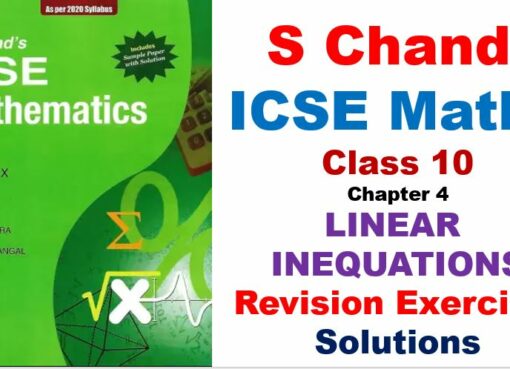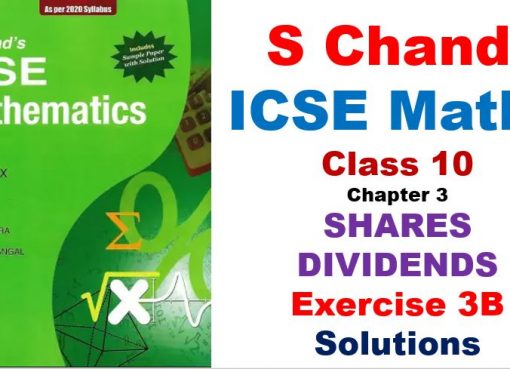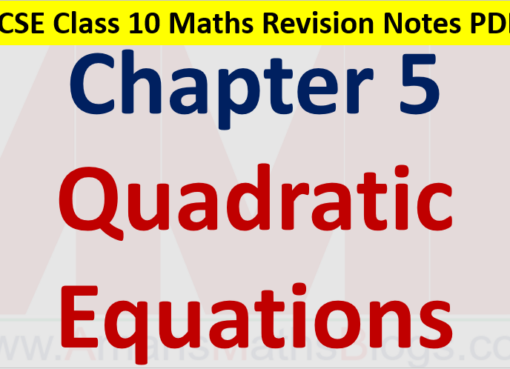Hi students, Welcome to Amans Maths Blogs (AMB). In this article, you will get Shares and Dividends Class 10 Maths Revision Notes Chapter 3 PDF.
Basic Details of Shares and Dividends
Suppose a company start with a business with an investment of Rs. 1000000. Then,
The total amount invested to start a company is called Capital Stock.
Generally it is not possible for one individual to manage the whole amount. So the total amount is divided into equal parts called Shares.
The shares purchased by an individual is also called Stock.
The persons who buy these shares are called Shareholders or Stockholders.
There are two types of shares known as Common Shares and Preferred Shares.
The common shares are also called Equity Shares.
The profit gained by the company that is distributed among the shareholders is called Dividends. It is calculated on the face value of a share and expressed as percentage.
The preferred shareholders have a first claim on the dividend. When they have been paid, the remaining profit is distributed among the common shareholders.
The original value of a share at which the company sells it to investors and which is printed on the share certificate is called Nominal Value (NV) or Printed Value (PV) of the shares.
The price at which the stock is bought or sold, in the market is called the Market Value (MV) or Cash Value (CV). The market value of a share keeps changing from time to time.
If the market value is more than the face value of the share, the share is called to be above par.
If the market value of a share is the same as its face value, then the share is called to be at par.
If the market value is less than the face value of the share, then the share is called to be below par or at a discount.
Shares and Dividends Formulas
There are following formulas used to solve the questions of Shares and Dividends:
1. Nominal Value of Shares = No of Shares X Nominal Value per share
2. Premium = No of Shares X Premium per share
3. Cost of Share = Nominal Value of Shares + Premium
4. Discount = No of Shares X Discount per share
5. Cost of Shares = Nominal Value of Share – Discount
6. Cost of Stock = No of Stock X Rate per Stock
7. Annual Dividends on Shares = (Nominal Value of Shares X Rate of Dividend) / 100
8. Sum of money obtained by selling shares = No of Shares X Selling Rate per share
9. No of Share bought = Investment / Market Value per Share
10. Market Price per Share = Cost of Shares / No of Shares.
11. Cost of Share = No of Shares X Market Value per Share
12. Annual Income from Investment = Nominal value of Shares X Rate of Dividends / 100
13. TDS (Tax Deducted at Sources) = Annual Dividend X Rate of Income Tax / 100
14. Amount of Money Invested = No of Shares X Market value per Share
14. Percentage Return on Investment = (Annual Dividend x 100) / Cost of Investment
15. Sale proceeds of n Shares = Nominal value of Shares + 50% Premium
Read : S Chand Class 10 ICSE Maths Shares and Dividends Exercise 3A Solutions PDF
Read : S Chand Class 10 ICSE Maths Shares and Dividends Exercise 3B Solutions PDF



